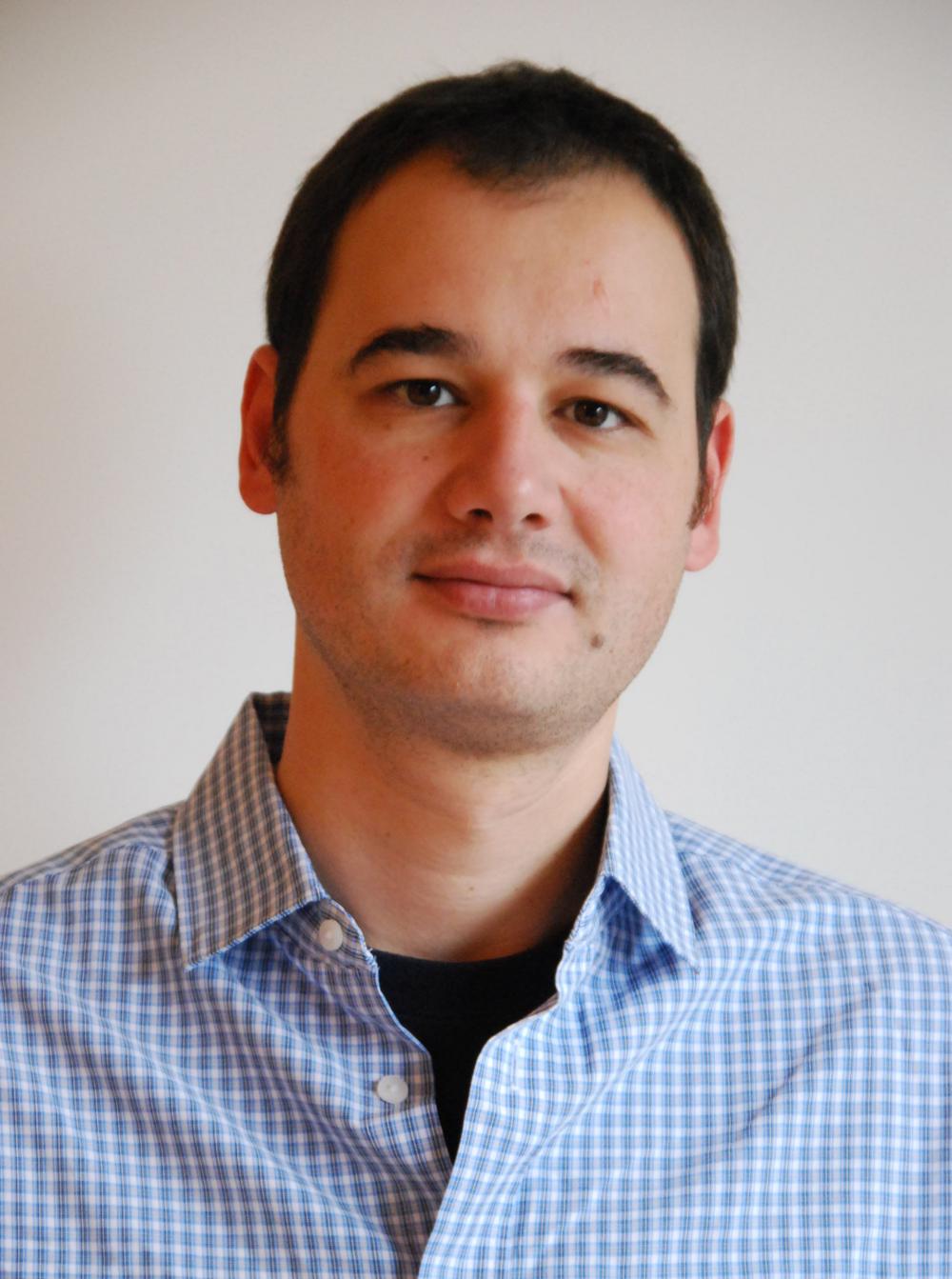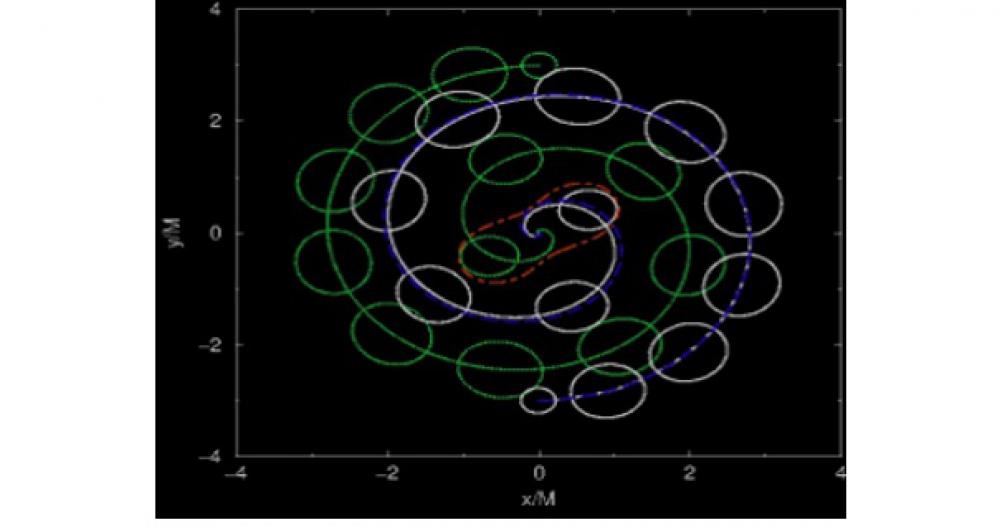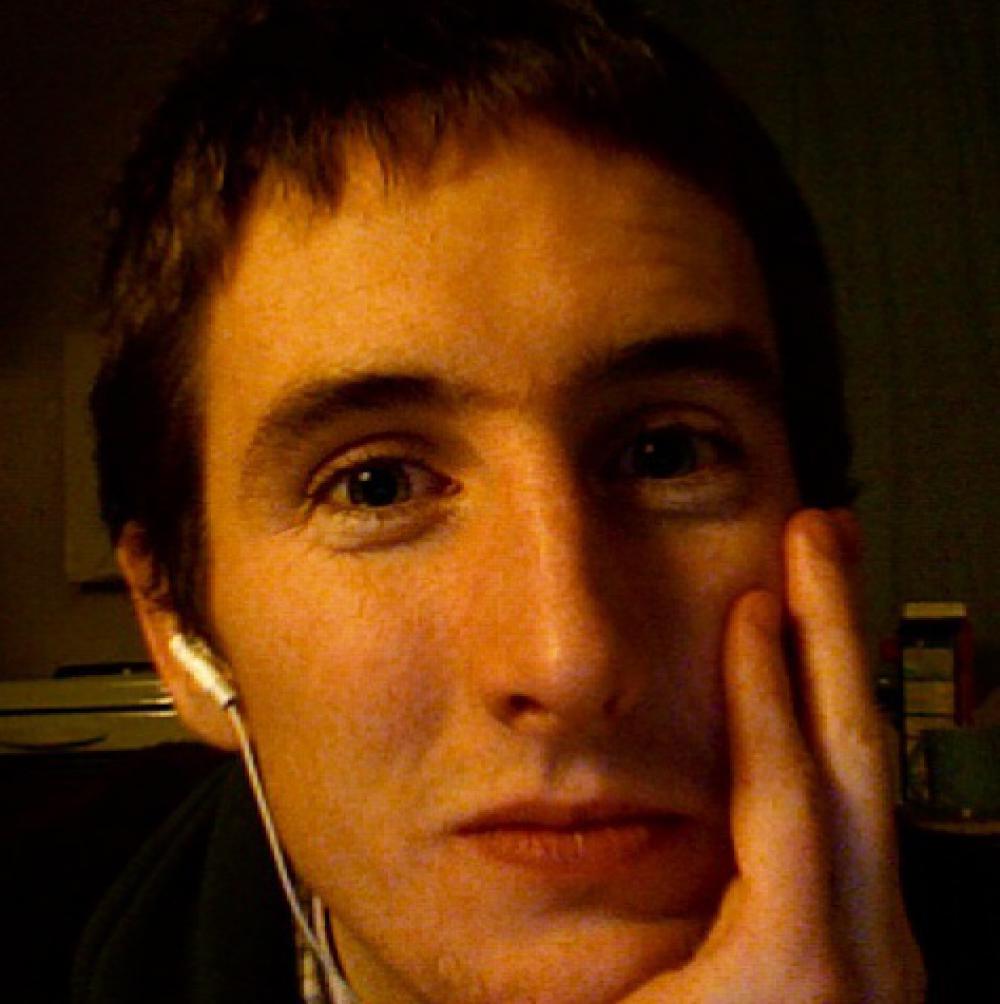The Einstein-Yang-Mills anti-de Sitter menagerie

Abstract: Spherically symmetric black hole solutions of Einstein-Yang-Mills (EYM) theory have been studied for 25 years. In the past 15 years there has been a particular focus on EYM black holes in anti-de Sitter space (adS) since, unlike the situation in asymptotically flat space, in adS stable hairy EYM black holes exist.


